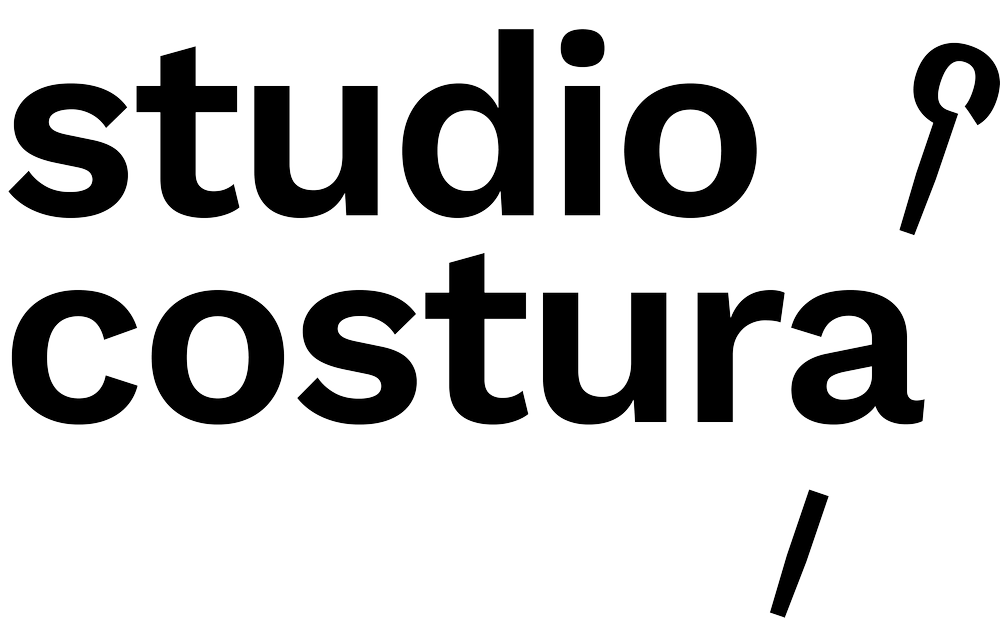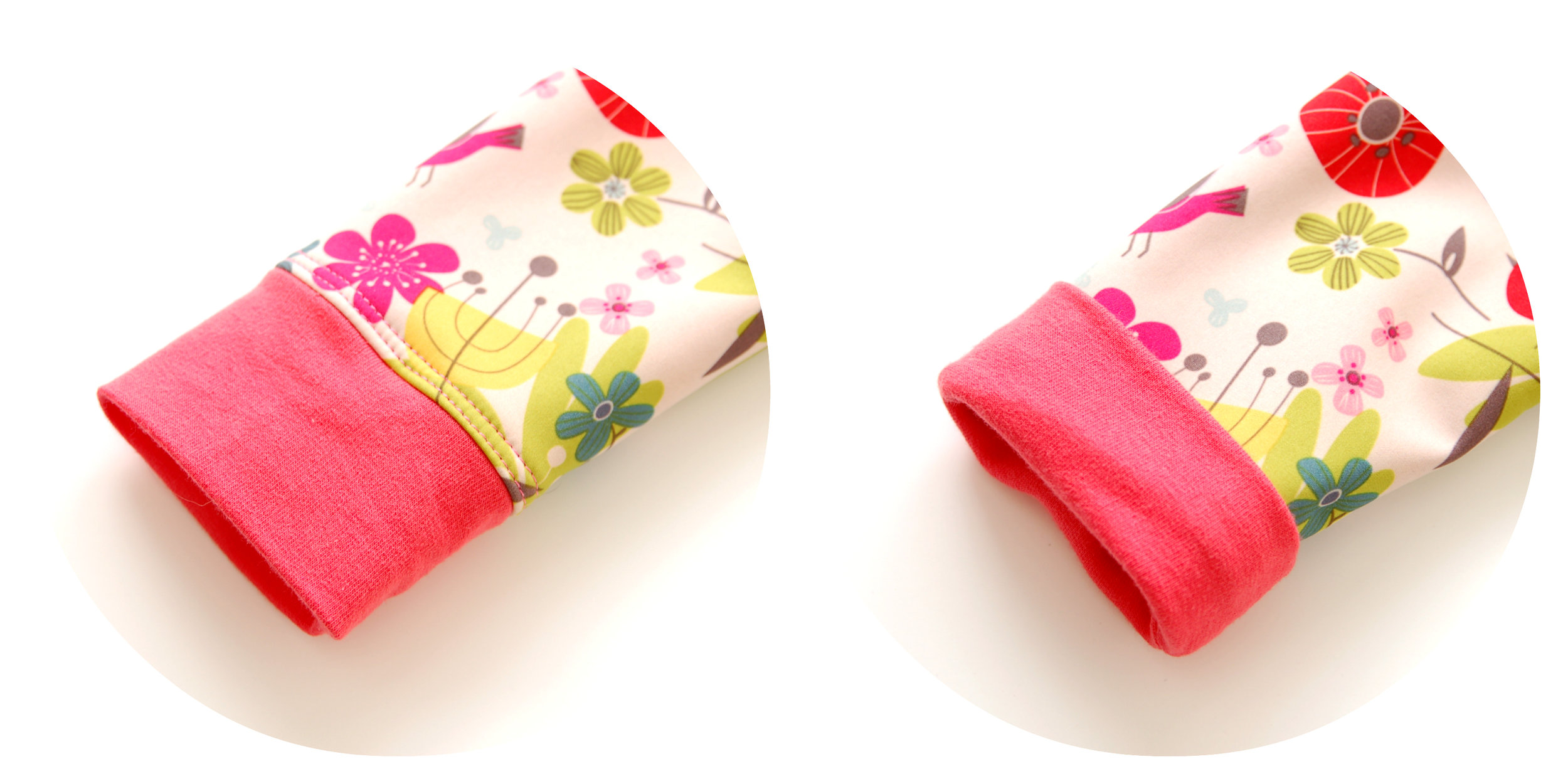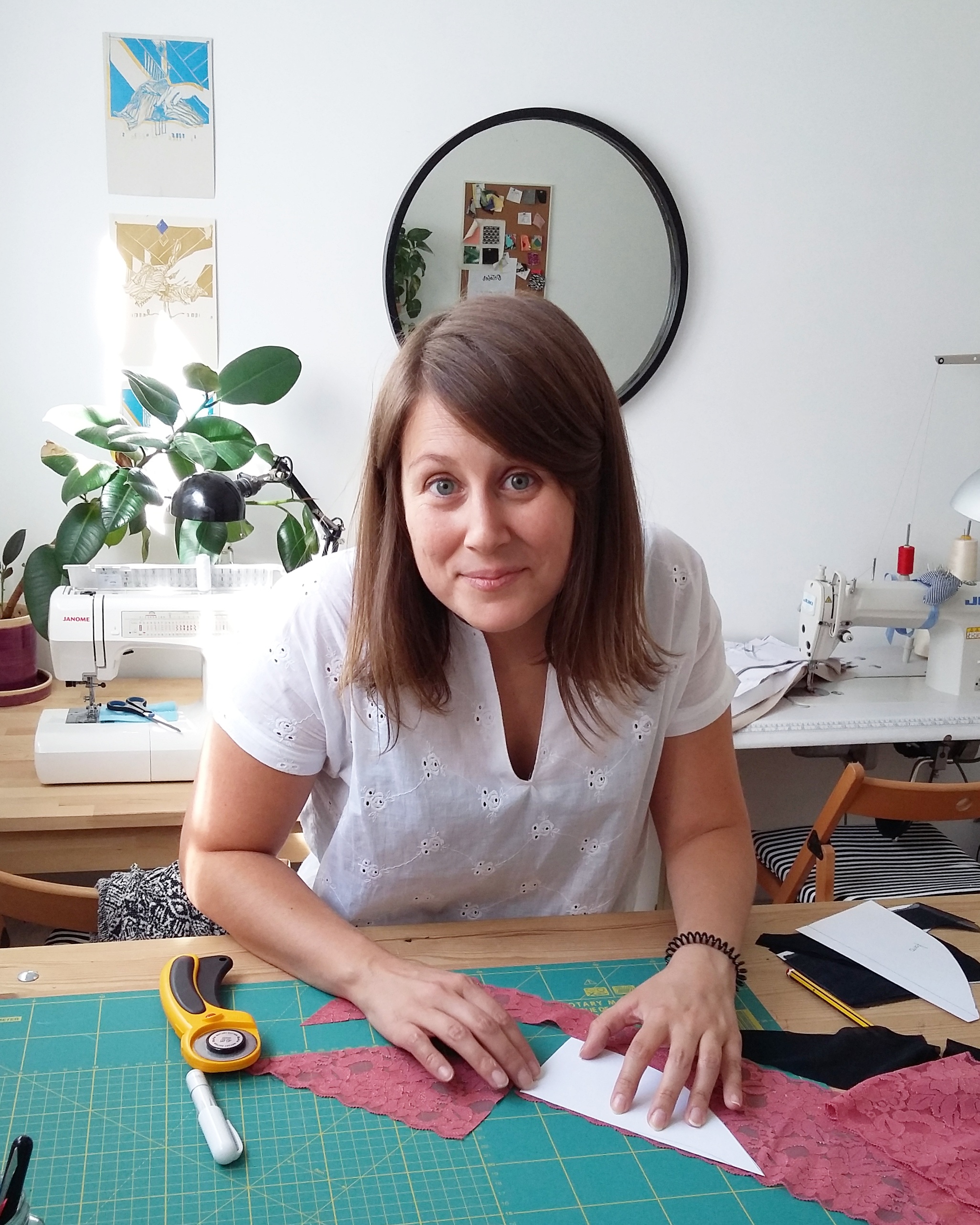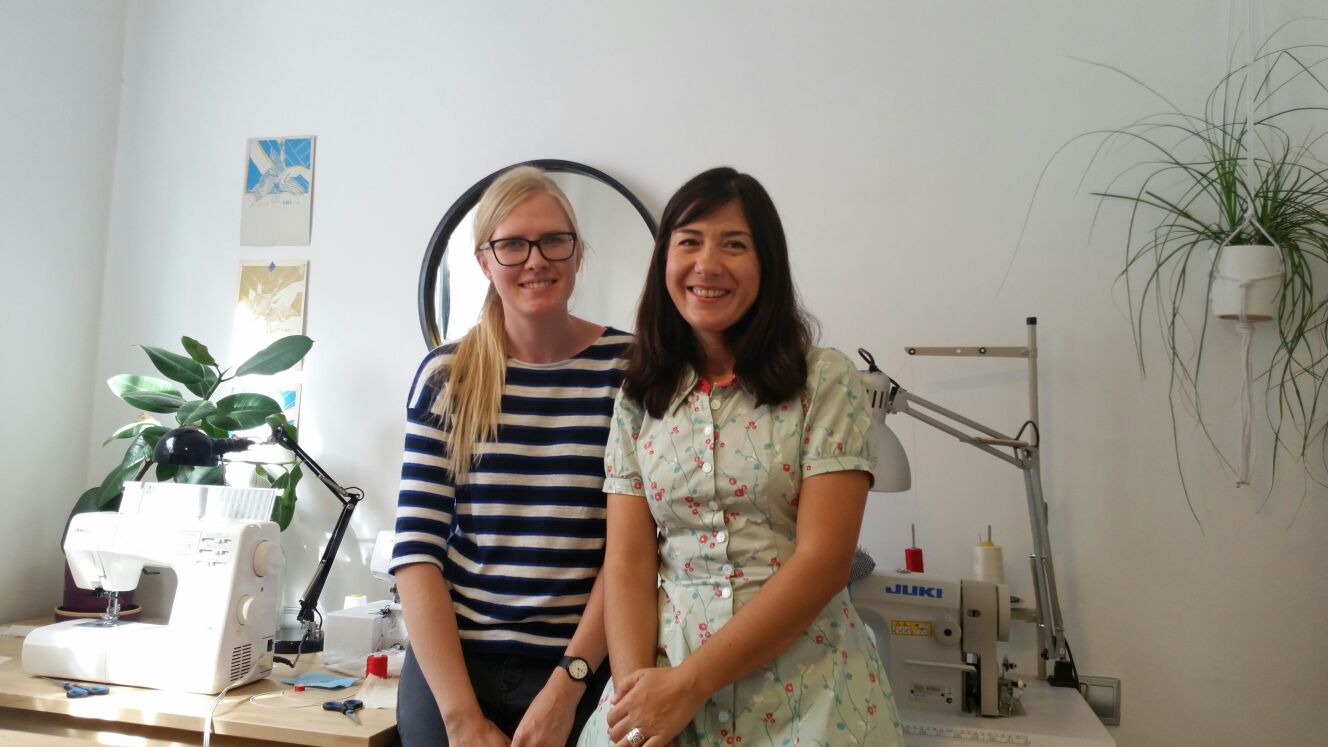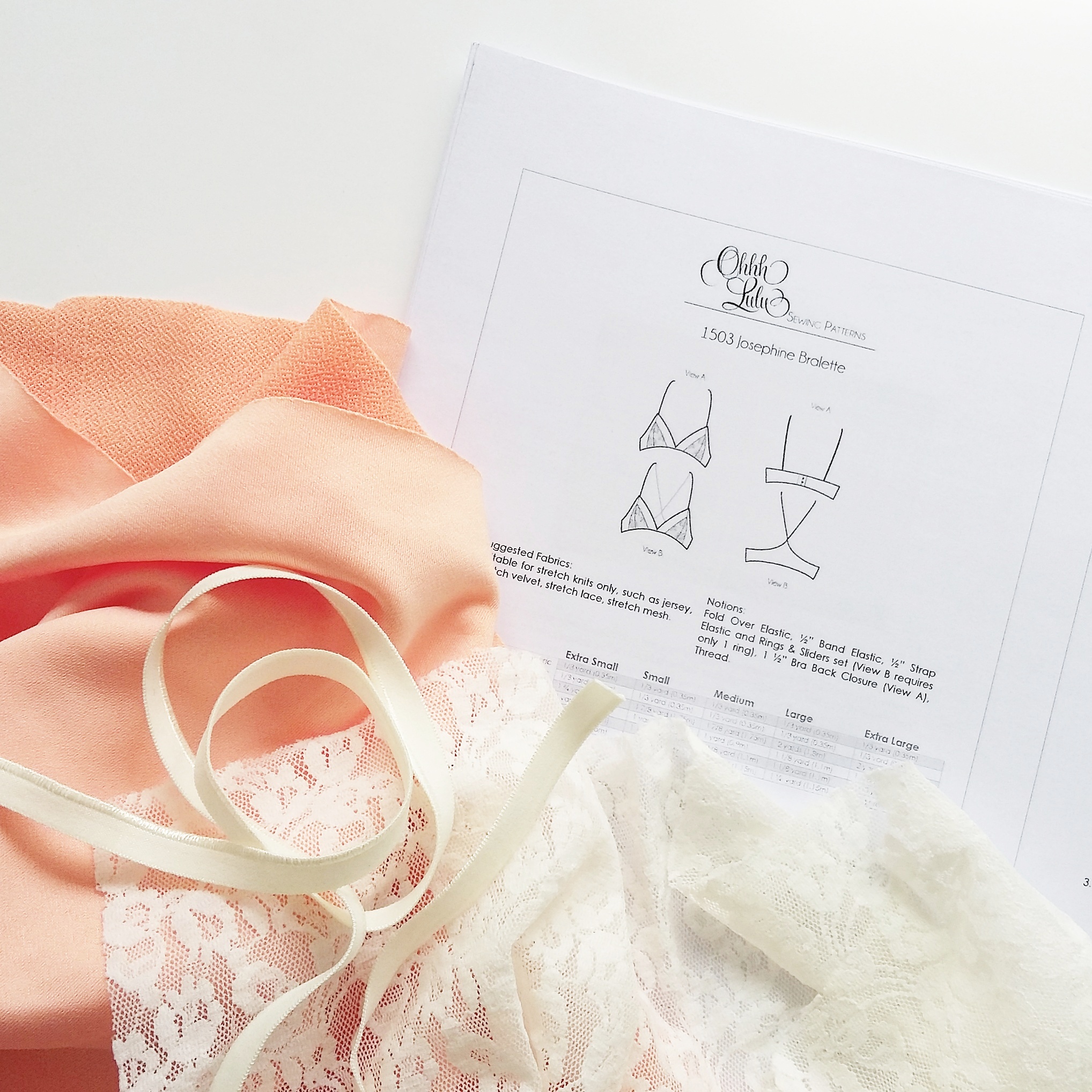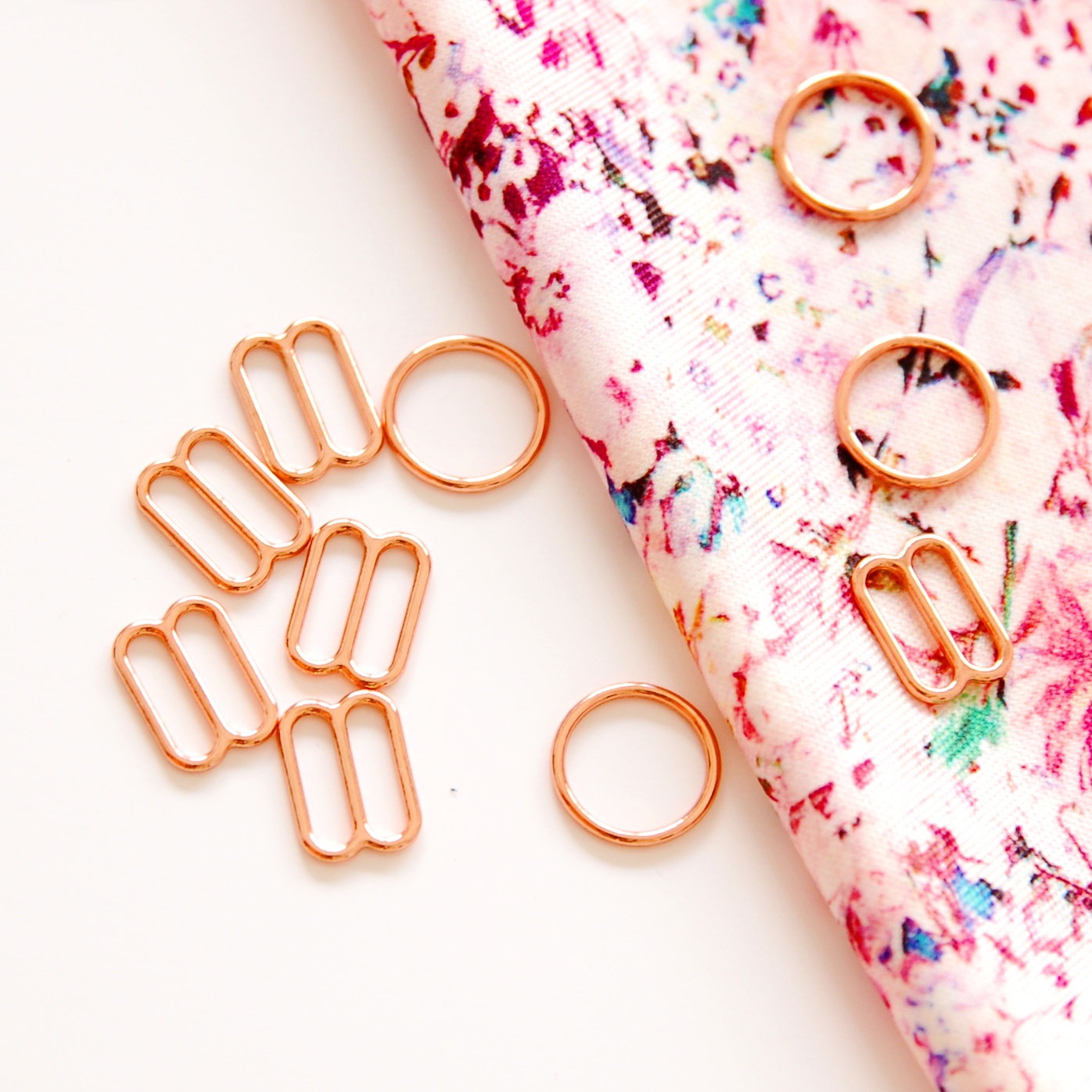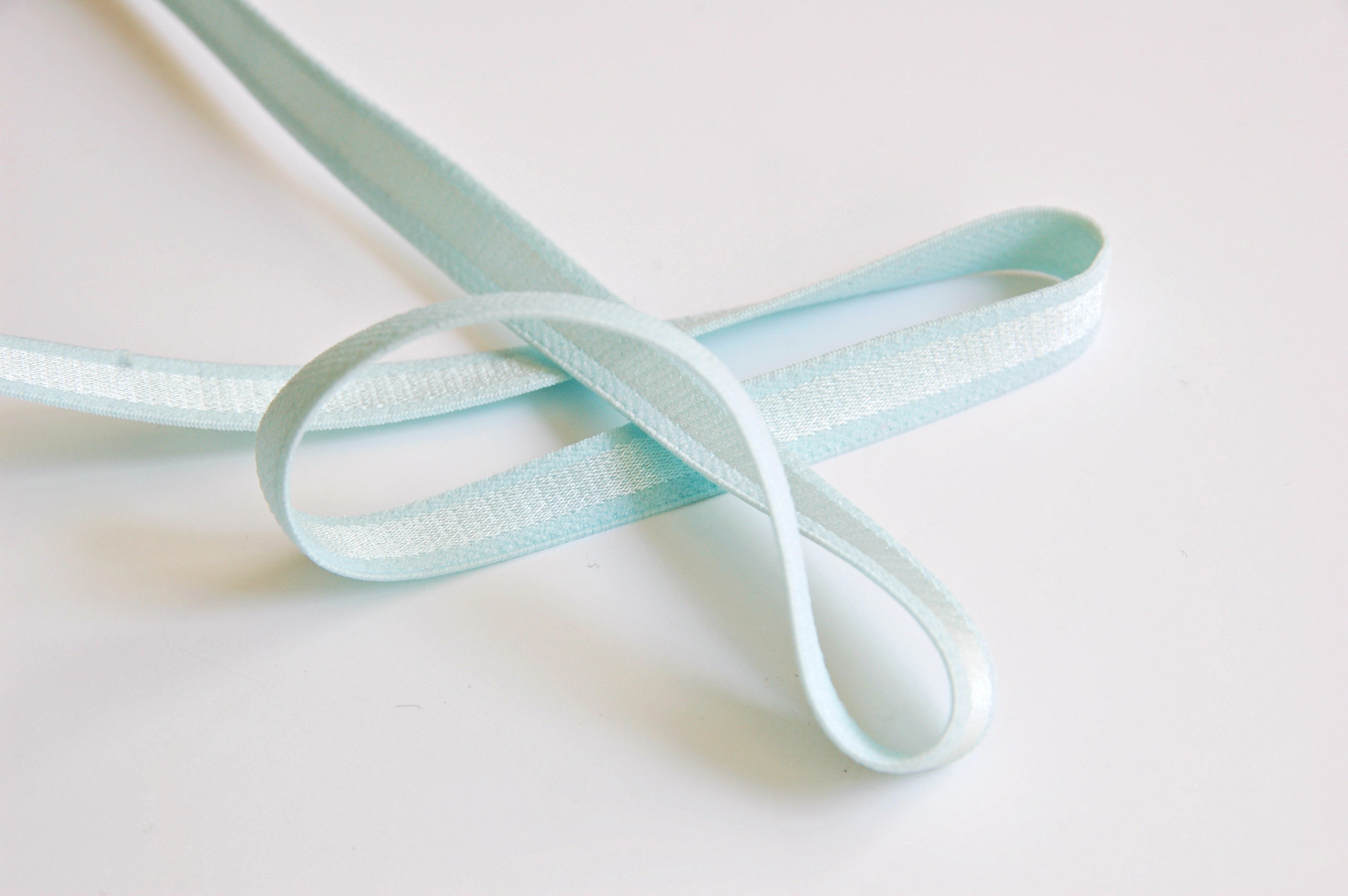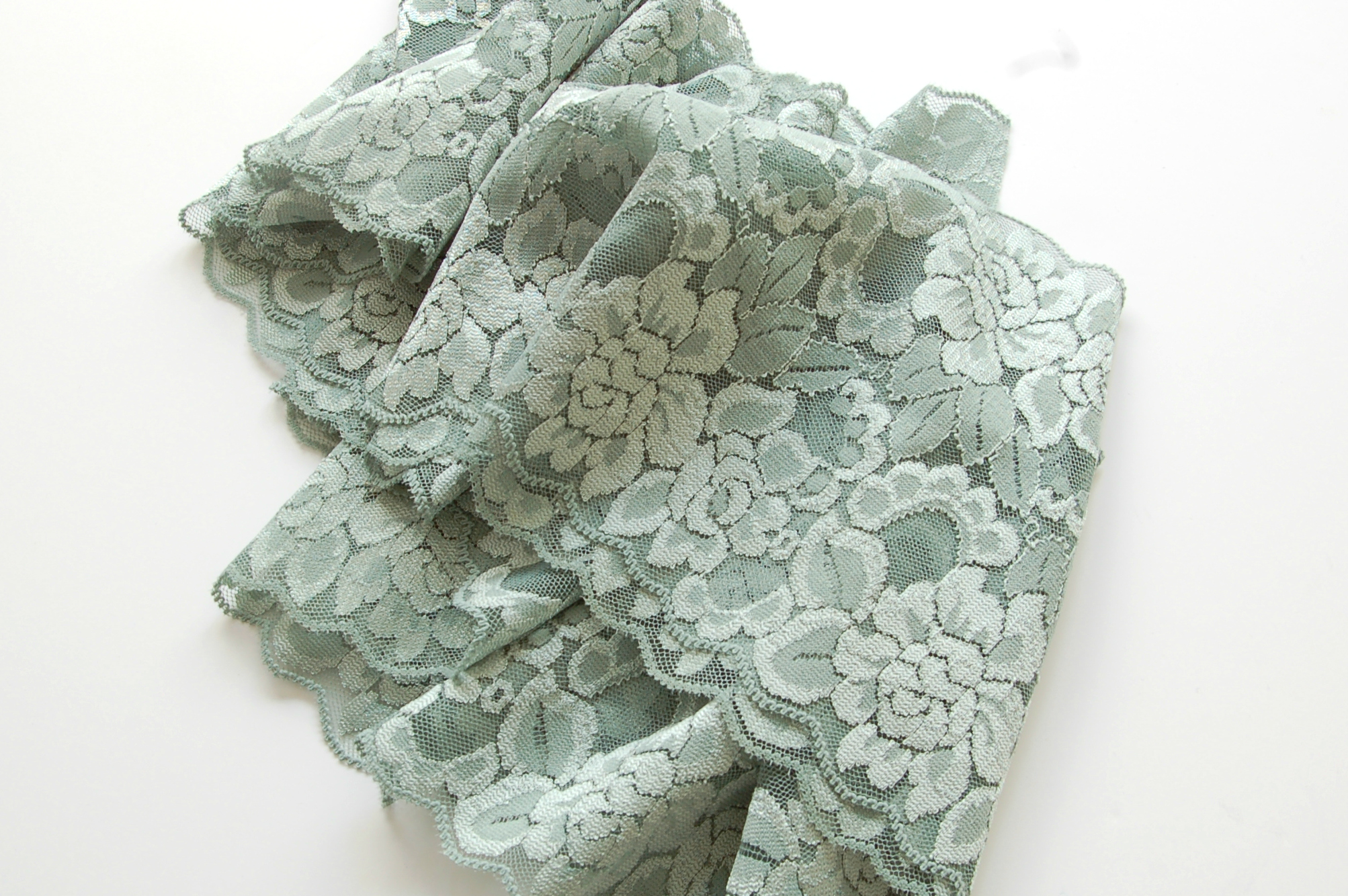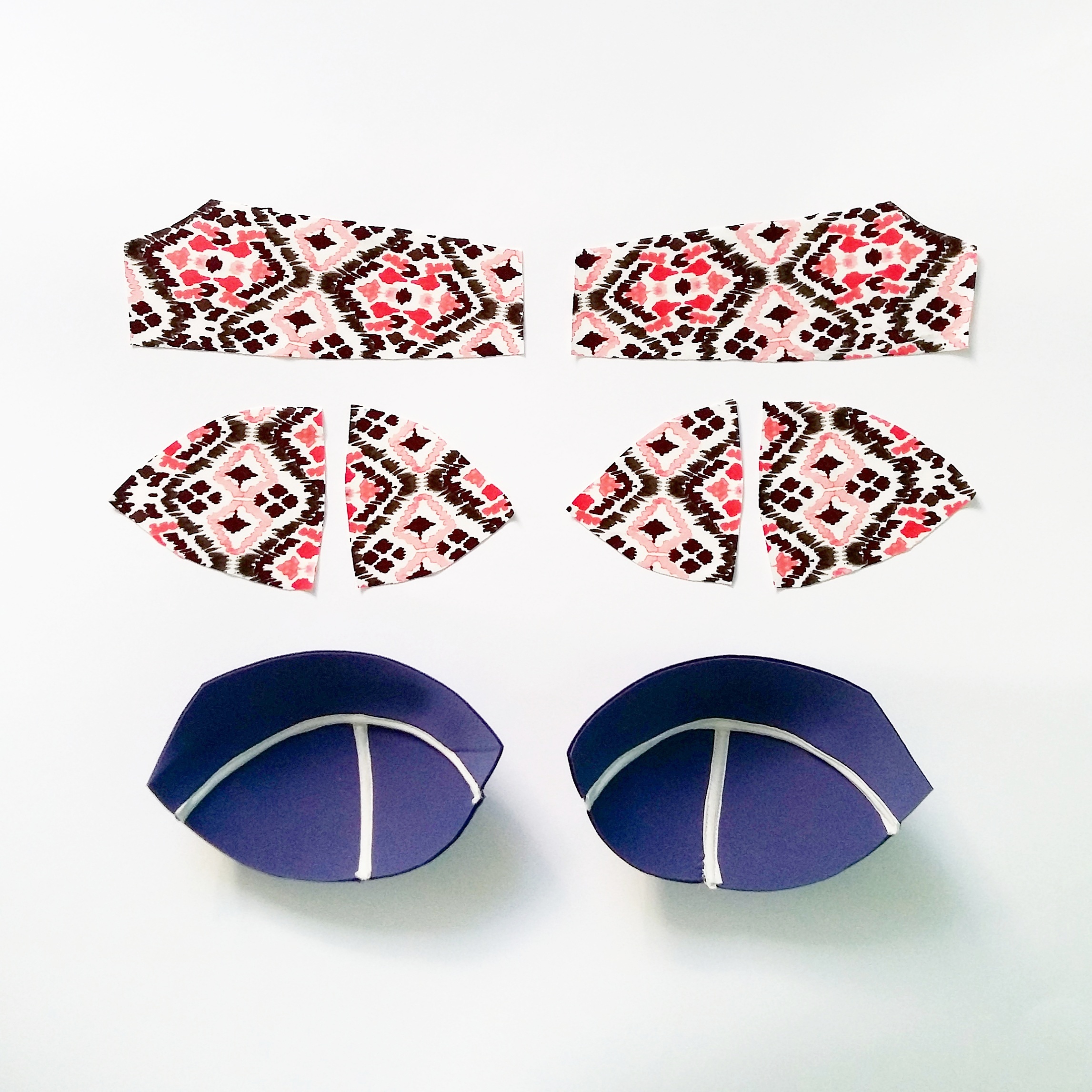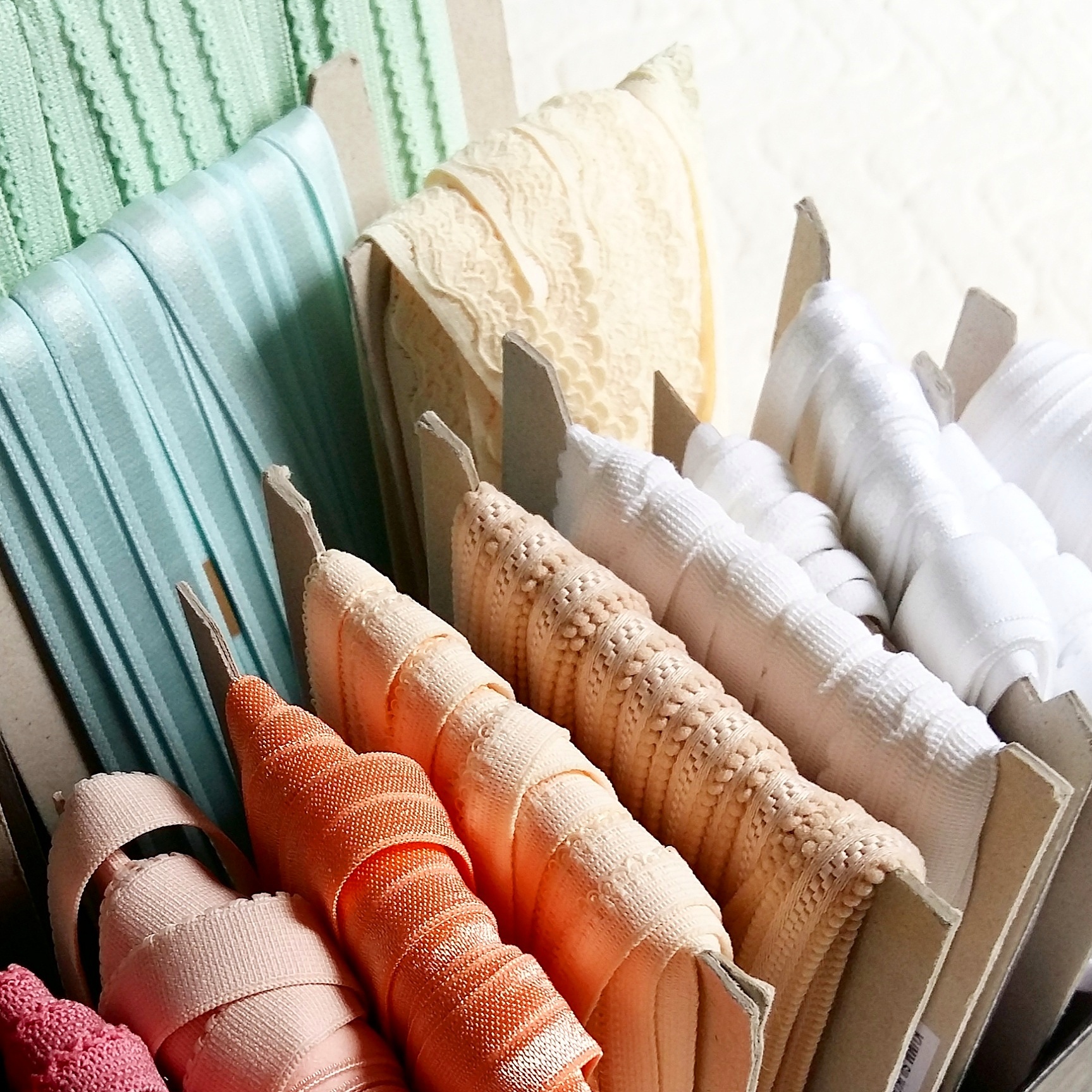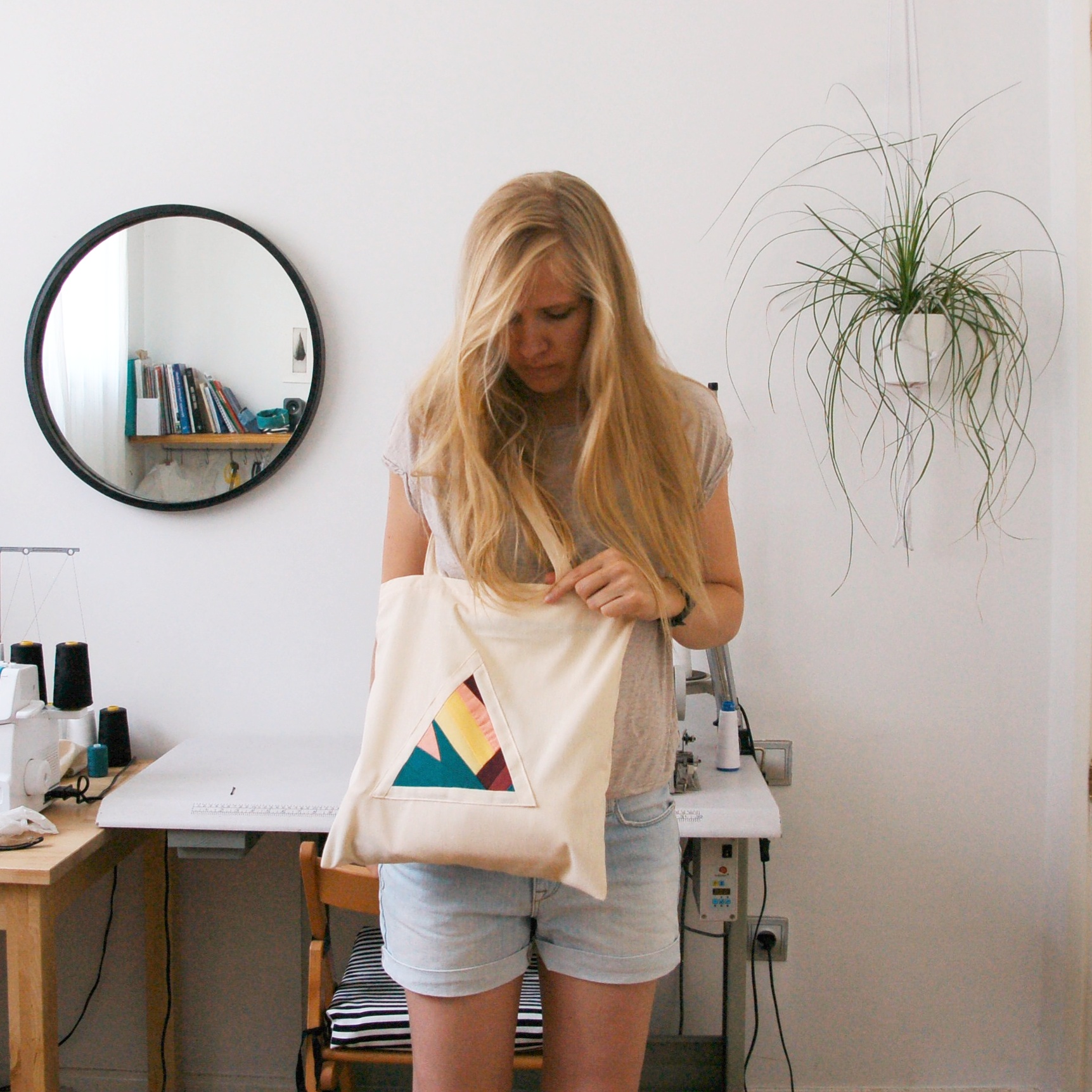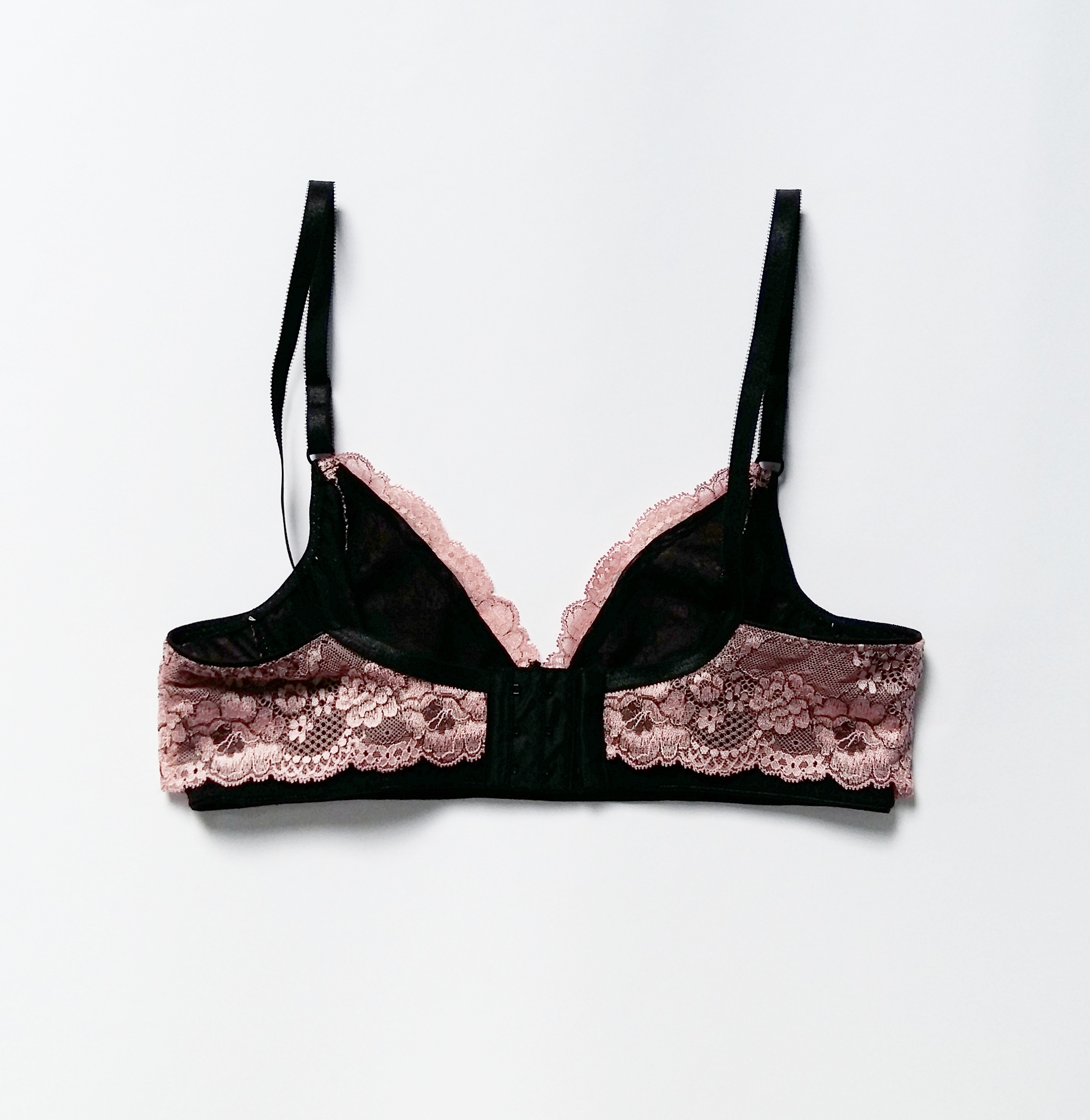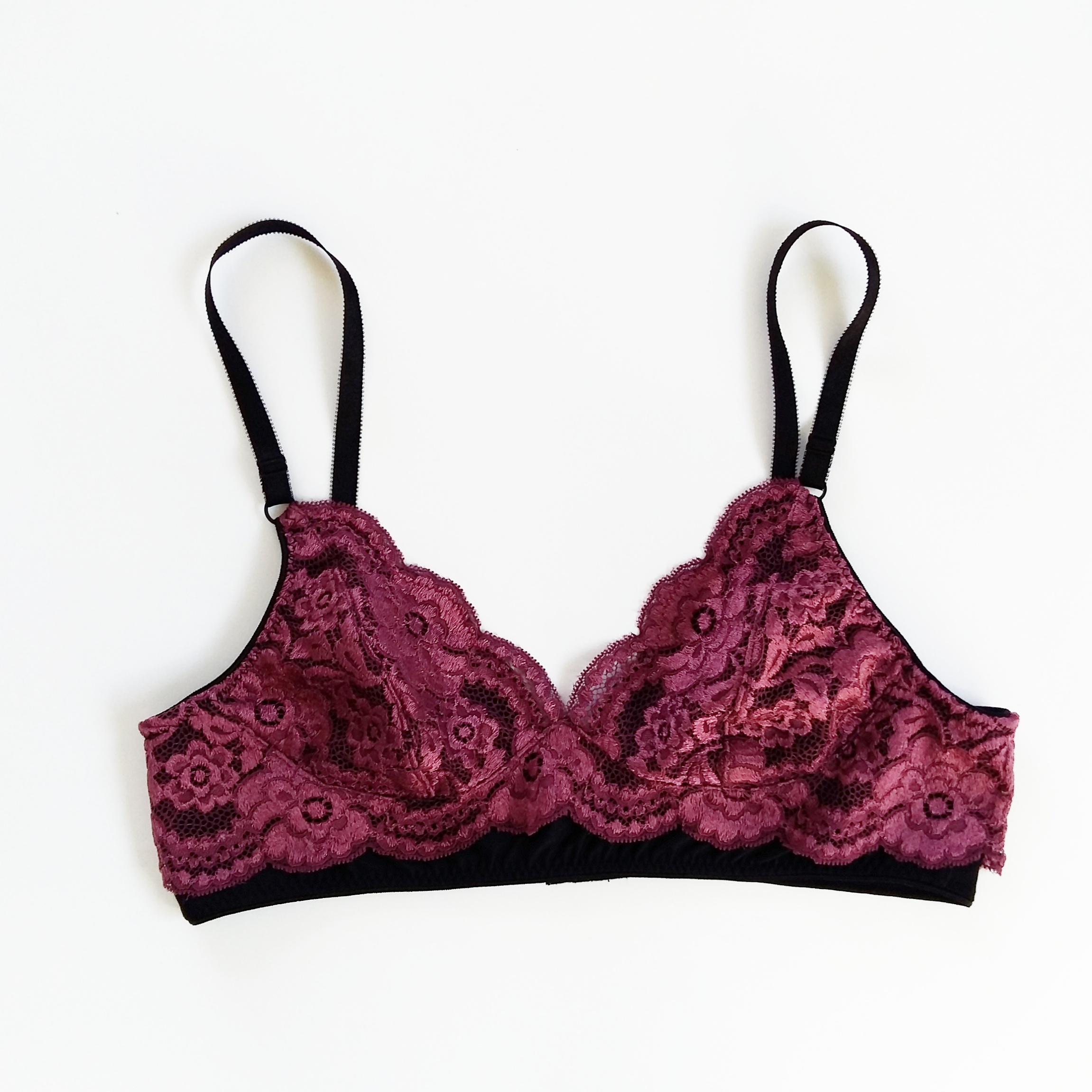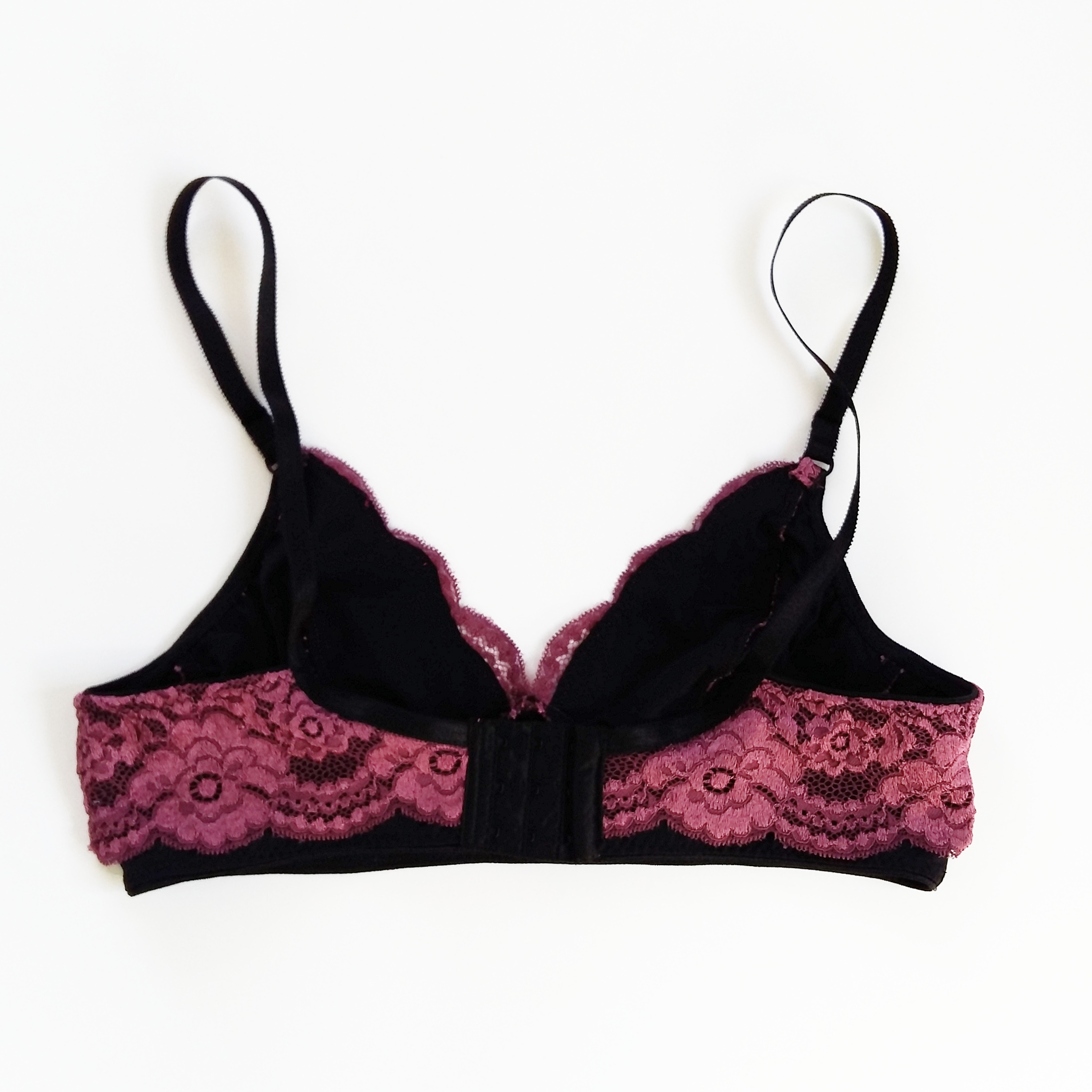Buenas, buenas! Hoy algo diferente para variar un poco del tema de lencería que ha invadido este blog de costura. Vamos con la actualización de armario de mi nena!
Hey hey! Today something different from the lingerie theme that's all over this sewing blog. Let's see my girls wardrobe upgrade!
"Como ya ha llegado el otoño y su tiempo fresquito..." me gustaría empezar así este post. Pero no es verdad! Hace un sol por el mediodía en Madrid que flipas. No hay ni rastro del otoño. Pero no me quejo, soy más de calor, jaja. Eso sí, gracias al calentamiento global me ha dado más tiempo para preparar el cambio de temporada en el armario de mi nena. Oyes, pensamiento positivo, no? Total que encontré esta tela de softshell monísimo y también este patrón de sudadera que van juntos muy muy bien. El patrón es de sudadera (de la revista Ottobre Design 3/2016) para telas de punto pero con pequeñas modificaciones lo conseguí coser con mi tela también.
"As the autumn has arrived and the weather is getting cooler..." I'd like to start this post with these words. But it's not true! The sun at noon time here in Madrid is kicking hard. No sign from fall. But I don't complain, I'm more of a warmth fan anyway, hehe. Thanks to the global warming I've had more time to prepare my girls wardrobe for the seasonal change. Hey, positive thinking, right? So I found this cutest softshell fabric and also this hoodie pattern and they match up pretty good. The pattern is a hoodie (from Ottobre Design magazine 3/2016) drafted for knit fabrics but I made some small modifications and managed to use it with my fabric too.
La tela es una maravilla, es súper ligera, no pesa nada! Está ya hecho de tal manera de que la capa exterior es con una superficie que protege contra viento (y algo de humedad me imagino...) y el otro lado es un forro polar muy finito. Así que no hay que forrarlo ni nada, como no se deshilacha dejé las costuras tal cual después de hacer pespuntes más bien decorativos en el lado derecho de la prenda.
The fabric is really nice, it's so light weight, it really is like air! It's made with a windproof (and I guess with somewhat humidity proof too...) exterior layer and a soft thin fleece layer on the inside. So no need for lining and as it doesn't fray, I just sewed the seams as usual and then topstitched them down from the right side.
Las modificaciones que hice al patrón eran mínimas. Añadí más margenes de costura en general (1 cm) y algo más que eso para el doblez de la capucha y de la manga. No usé elástico transparente para el borde de la capucha porque por una parte me olvidé y por otra no sé si quedaría bien al no ser de punto. Hubiera podido hacer unos ojales para meter cordón para ajustar la capucha pero volvemos al punto uno: el olvido. Luego, como esta tela no tiene elasticidad, cambié la tela en los puños por una tela de punto y así mantiene su forma cómoda y se puede subir muy fácil para las manitas pequeñas. Y luego bajar los puños cuando crezcan. Y así la prenda dura un poquiiiito más porque crecen tan rápido estos bitchitos y cualquier truco me vale.
La talla que hice es de 80 cm y le queda bien (ella mide 83 cm ahora) con algo de manga corta o un body de manga larga abajo. Como esta tela no se da de sí, al hacer algo tipo abrigo se puede usar una talla más grande por si acaso, eso sí. Este abrigo está pensado para el tiempo un poco fresquito y no voy a poner un jersey abajo, si quisiera hacer eso, seguro que habría que coger la talla siguiente
The pattern alterations I made were minimal. I added more seam allowance (1 cm) and some more for folding back the hood and the sleeves. I didn't use clear elastic on the hood edge, first because I forgot and second because I'm not sure if it would be a good idea with a non knit fabric. I could have made some buttonholes for drawstring to adjust the hood but then again going back to the first point: bad memory. I then changed the cuff fabric for a knit one because the main fabric doesn't have stretch, so the cuffs are still comfortable to fold up for those little hands. And then you can fold them back down when they grow. So the garment actually lasts a tiny bit more time as these little bugs grow up so fast, any sewing trick is good for me.
I made the size 80 cm and it suits her well (she's at 83 cm right now) when wearing something short sleeved or with long sleeved body under the hoodie. As this fabric doesn't have strtech you could go up a size for sure. This one is meant to be worn on chilly autumn days but I'm not going to put a sweater under it, if I wanted to do so, I'd definitely have to choose the next size.
Obviamente hice mis errores con el abrigo, cómo no. Primero cosí mal la manga ranglán. Ya sabes, esa cosa relativamente fácil de unir las mangas con el cuerpo y luego el costado. Pues no, para qué facilitarte la vida. Total que pude arreglarlo sin descoser (yeahh) y conseguí también coser los pespuntes en toda regla. Luego la vista del bajo lo cargué también, para rematar. Un pliegue pequeño no me va a matar...lo repasaré a mano ya que está dentro. Lo malo de esta tela es que si descoses se ven las puntadas. Lo bueno es que es una buena excusa para mí para no descoser...
Obviously I made some mistakes with this hoodie. First I sewed the ranglan sleeves wrong, of course. You know that easy thing to attatch the sleeves to the bodice and then sew together the sleeves and the sides. Well no, why make your life easier? Anyway I could still save my poor work without unpicking (yeahhh) and I topstitched the whole thing quite like a pro. Later I also sewed the hem facing wrong just to finish it off great. A little fold doesn't kill me though...so I'll just hand stitch it somehow as it's on the inside. The bad thing about this fabric is that when you unpick, the stitches made will still be visible. The good thing is that this is a perfect excuse for me to not unpick...
La sesión de fotos no ha sido muy fácil. La modelo quería ir a comer galletas. O helado, si no hubiera galletas. Y hacía calor!!! Es todo un falso otoño en las fotos. Tenía que limitar la sesión a cinco minutos porque la pobre iba sudando. Soy una madre muy maja, verdad??
The photo session was not a success. The model wanted to go to eat cookies. Or ice cream if there were no cookies available. And it was too warm!!! It's totally a false autumn you see on the photos. I had to limit the photo session to five minutes because the poor girl was sweating inside the hoodie. I'm the nicest mom, right?
Por cierto, siempre le coso cosas con colores "de chico". Hoy vamos de rosa: saludos a la abuela, por favor!
By the way, I always sew her the clothes in "boy colors". Today we're pink: greetings to her granny, please!
Y aquí la segunda parte de los estampados! Tres pares de leggings recién salidos del horno. No voy a contar con el detalle que los empecé a coser hace un año. Slow fashion al límite, jaja. Por cierto: parece que necesito urgentemente un clavo para colgar la percha para las fotos...
So now the second part of the cool prints! Three pairs of leggings hot off the oven. Not counting with the fact that I started to sew them a year ago. Slow fashion on the limit, hehe. By the way: looks like I urgently need a nail on my wall for the hanger on my photos...
Vale, el cuento es que ya hace un año y más que le hice un montón de leggings con telas de estampados súper guays. Me gustaron tanto que pensé que voy a coser más para venderlos. Compré la tela y empecé a hacer muestras ya en tallas más grandes. Fin de la historia.
Otras cosas por el medio y nunca llegué a realizar el proyecto pero las muestras que sólo les faltaban las cinturillas se quedaron allí. Y ahora un año después los he terminado, van justo para la nena ahora con su altura.
So the story is that a year or so ago I made my girl a lot of baby leggings with the coolest prints. I loved them so much that I thought that I'd make some more and sell them. I bought the fabric and started to make the samples in bigger sizes. End of the story.
With other things on the way I never finished the project of the samples and there they were with their waistbands waiting to be attatched. And now one year later they are exactly in the right size for my girl.
Así que de los tres pares mi gran trabajo ahora ha sido coser las cinturillas, jaja. Me gusta mucho el detalle de los parches en las rodillas. Una cosa sí que aprendí con mis primeras muestras también. Primero los cosí con el mismo método que he compartido en este tutorial para coser curvas. Pero cuando regalé un par a mi amiga, lo que pasó es que su bebé en la fase de gateo/arrastre todoterreno intensivo lo primero que destrozó eran los parches. Como tenían costuras con bordes ligeramente más altos pues eso enseguida se descosió! Menos mal que lo descubrí antes de hacer un montón de pares así. Eso dicho con los 8 pares o así que usó mi nena nunca pasó lo mismo y hasta hoy día (ahora de formato "casi pantalón corto") los tiene en una forma muy aceptable y algún enanito podría perfectamente usarlos de nuevo.
So the big sewing task of mine on these three pairs has been attatching the waistbands, hehe. I really love the knee patch deatail. I actually did learn a lesson when making the samples too. At first I used the same way I've described in this tutorial to sew the patches on. But when I gave a pair as a gift for one of my friends, what happened was that her baby who was on the phase of crawling/rolling around all day every day, destroyed the knee patches immidiately. As the edges of the patches were slightly higher they were ripped off fast. That was actually a good thing to discover before sewing up a lot of pairs. That said my girl used the same pants and nothing like this happened and until today (now on the "almost shorts" version) the leggings are in a good shape and some little person could easily use them again.
Así que esta vez simplemente corté los parches y los cosí con una de las puntadas de falso coverstitch que tiene mi máquina normal. Cómo no deshilacha pues está guay, creo. Otra cosa más. El patrón es mío y al principio puse los parches en el medio de la rodilla pero luego vi que siempre se veían como demasiado en el interior de la pierna una vez puestos. Por eso después medí el sitio exacto ya puesto el pantalón y los coloqué allí, así cuando están puestos quedan justo en la rodilla. Antes de coser los pegaba con la Friselina de doble cara con la plancha para que no se muevan al coser.
So this time I just cut the patches and sewed them on using a mock coverstitch stitch on my reular machine. As the knit fabric doesn't fray I think it's ok. One more thing. The pattern was drafted by me and first I put the patches at the center of the knee but later I saw that they seemed too much on the inner side of the leg once the baby was wearing them. That's why I later sewed them more on the side of the knee so they end up exactly on the right spot when wearing them. Before sewing I ironed them on with some double side Friseline stay tape to prevent them from moving around when sewing.
Tanto los puños del abrigo igual como la parte de abajo en los leggings los coso de forma de que uno antes la pieza en círculo y luego lo doblo y entonces lo uno con la prenda, con el derecho con derecho. De esa manera al doblarlo arriba se ve todo bonito y limpio. Y venga, otra vez más tiempo usando la ropita!
I sew all my hoodie cuffs and leggings bottom parts in a way that I first close the piece as a circle, then fold it in half and then attatch it to the main piece, right sides facing. That way when you fold it up it still looks pretty and clean. And again, more wearing time for the little ones!
Aquí pongo una foto del verano 2015 de las chicas con sus leggings puestos haciendo malabares.
Here's a photo from summer 2015 with those two girls playing around in their leggings.
Y para terminar, mirad a quienes conocí el finde pasado! Sonia del blog La Pequeña Aprendiz y Arancha de What Aran Loves pasaron por mi taller para comprar sus kits de lencería y charlamos sobre costuras, patrones y mucho más, esas chicas son majísimas. Las dos son blogueras de costura viviendo aquí en Madrid y me alegro un montón por haberlas conocido en persona!!!
And to finish things up, look who I met last weekend! Sonia from La Pequeña Aprendiz and Arancha from What Aran Loves passed by my atelier to buy their lingerie kits and we talked about sewing, patterns and much more, they are so sweet. Both of them live in Madrid and write sewing blogs and I'm so happy I finally met them in person!!!
